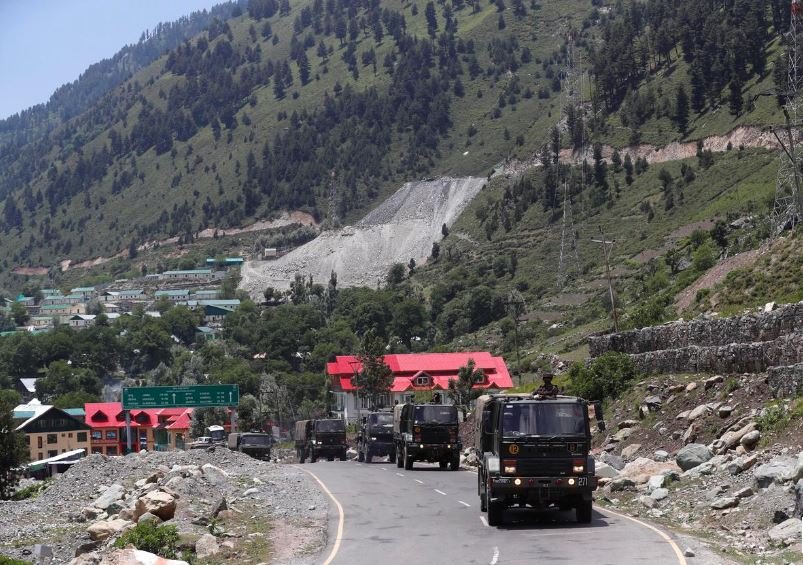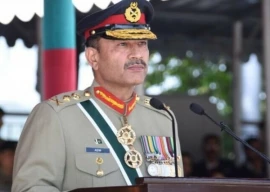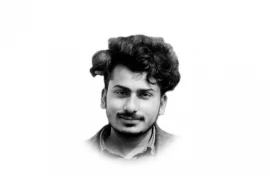
Modi, in a Twitter message, called for an all-party meeting on Friday to discuss the situation but did not make any other comment on the confrontation between the nuclear-armed neighbours.
China’s said it does not want to see any more clashes on the border with India following Monday’s violence. Foreign ministry spokesperson Zhao Lijian reiterated that China was not to be blamed for the clash and said the overall situation at the border was stable and controllable.
According to Indian officials no shots were fired, but soldiers were hit with clubs and stones during a brawl that erupted between the two sides in the remote Galwan Valley, high in the mountains where India’s Ladakh region borders China’s Aksai Chin to the east.
India’s foreign ministry said there had been casualties on both sides, but China has not disclosed any casualties so far.
Modi, who rode to power on a nationalist platform, met his defence and foreign ministers and the military chiefs late on Tuesday, but he had yet to speak publicly on the worst clash between the two countries since 1967, five years after China had humiliated India in a war.
Modi was elected to a second five-year term in May 2019 following a campaign focused on national security after spiralling tensions with old enemy Pakistan, on India’s western border.
“Gloves are off, with the Galwan valley clash, China pushed too hard,” the Times of India wrote in an editorial. “India must push back.”
“Beijing can’t kill our soldiers at the border and expect to benefit from our huge market,” it continued, advocating sanctions against Chinese imports.
Facing what could his greatest foreign policy challenge since coming to power in 2014, Modi refrained from commenting publicly on the incident as a clamour for action rose over the past day.
“Why is the PM silent, why is he hiding,” Rahul Gandhi, leader of the opposition Congress party tweeted. “Enough is enough, We need to know what happened. How dare China kill our soldiers, how dare they take our land.”
Hundreds of Indian and Chinese troops have been facing each other since early May at three or four locations in the uninhabited high-altitude deserts of Ladakh.
India says Chinese troops have intruded into its side of the Line of Actual Control or the de facto border.
China rejects the allegation and has asked India not to build roads in the area, claiming it to be its territory.
Colonel Killed
According to the Indian government sources, the fighting on Monday night broke out during a meeting to discuss ways to de-escalate tensions, and the colonel commanding the Indian side was one of the first to be struck and killed.
Many of the other Indian soldiers who died had succumbed to their wounds, having been unable to survive the night in freezing temperatures.
Unlike in India, the incident did not receive wall-to-wall coverage in China, where official media reported a statement on the incident from the spokesperson for the Chinese army’s Western Command.
On social media, bloggers and media aggregating platforms shared Indian media reports, such as the Indian army’s announcement acknowledging that the death toll had risen to 20.
Most vocal was the Global Times, a paper published by the official paper of the country’s ruling Communist Party.
Its editor-in-chief, Hu Xijin, took to domestic and global social media platforms to scold India, saying “Indian public opinion needs to stay sober” and to warn that China did not fear a clash.
1736930668-0/Untitled-design-(97)1736930668-0-405x300.webp)
1736931444-0/BeFunky-collage-(51)1736931444-0-165x106.webp)

1736929668-0/Untitled-design-(96)1736929668-0-165x106.webp)

1736930217-0/sidra--(6)1736930217-0-270x192.webp)
1736925754-0/sidra--(4)1736925754-0-270x192.webp)

1736924527-0/sidra--(3)1736924527-0-270x192.webp)

1736922471-0/sidra--(2)1736922471-0-270x192.webp)
1732012115-0/Untitled-design-(14)1732012115-0-270x192.webp)
1736844405-0/Express-Tribune-(2)1736844405-0-270x192.webp)










COMMENTS
Comments are moderated and generally will be posted if they are on-topic and not abusive.
For more information, please see our Comments FAQ